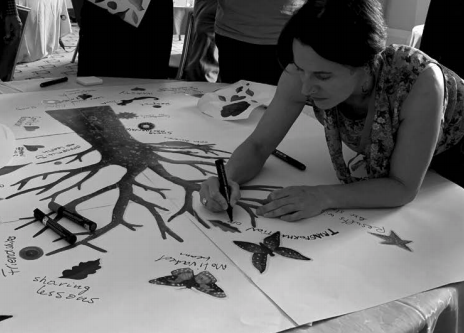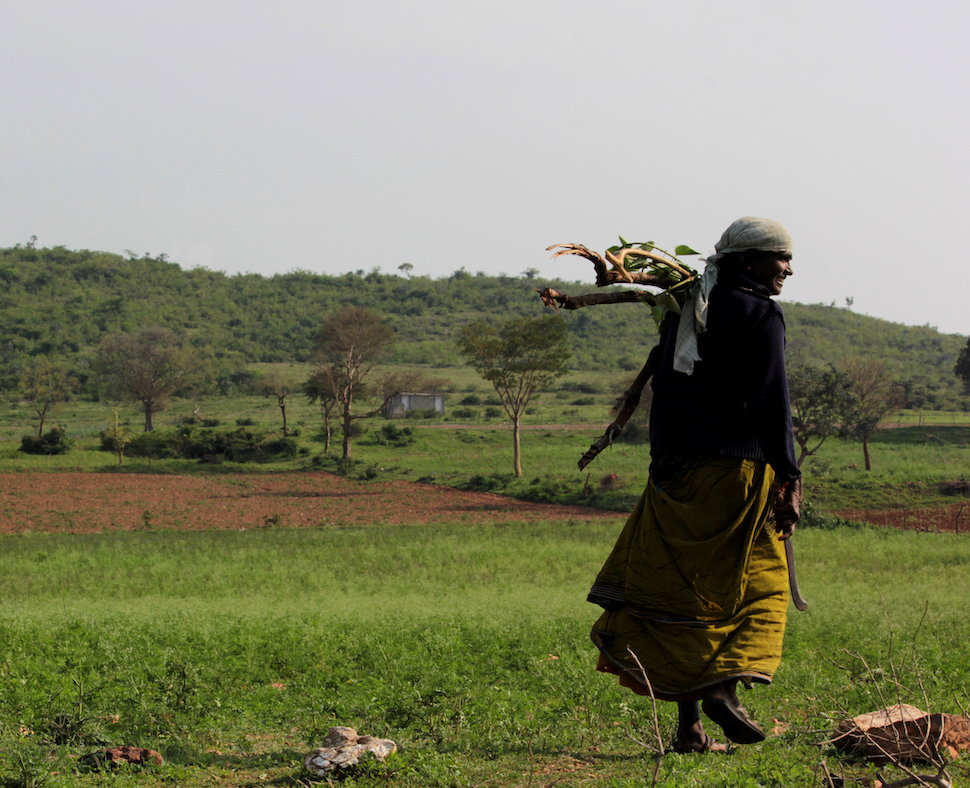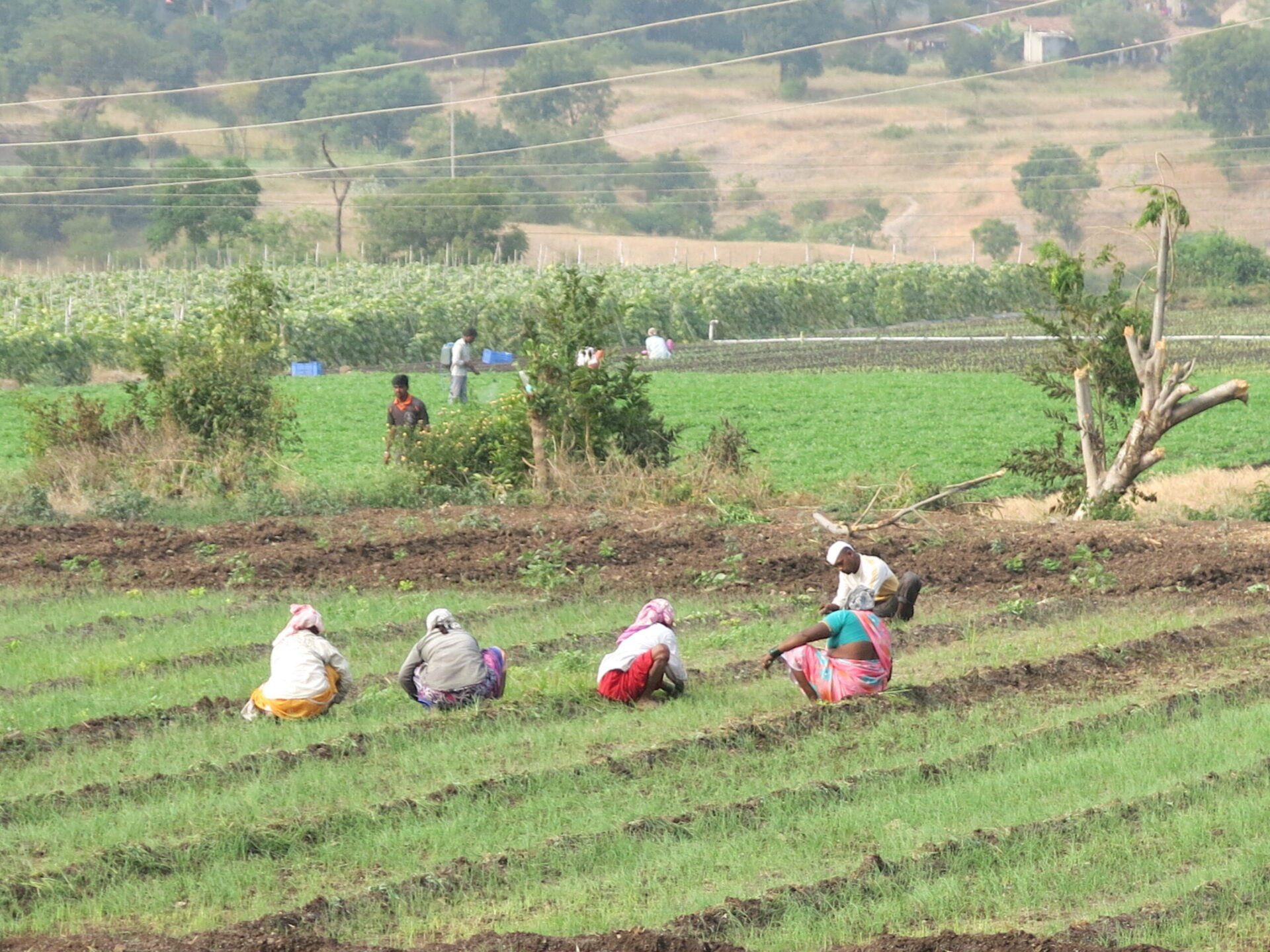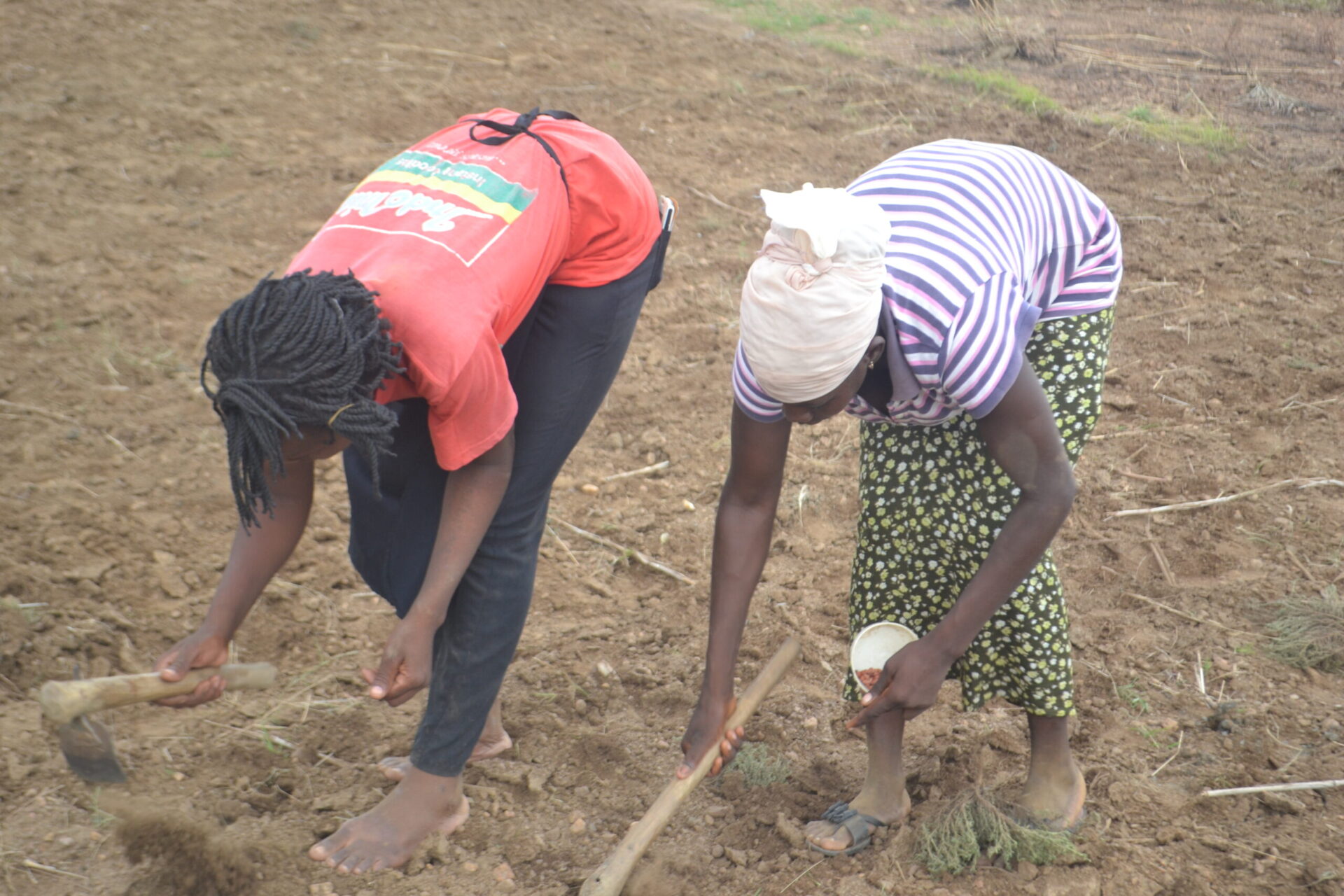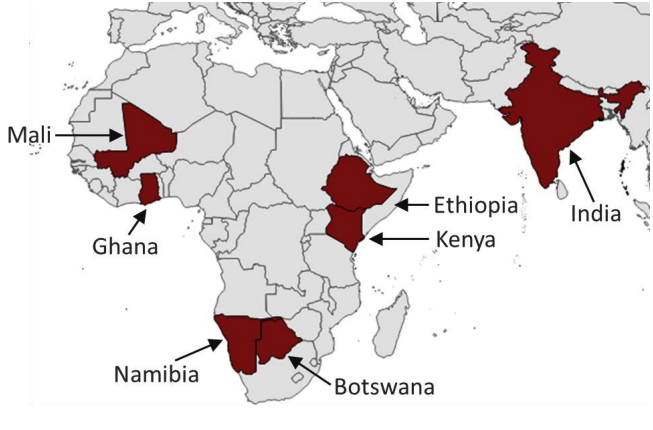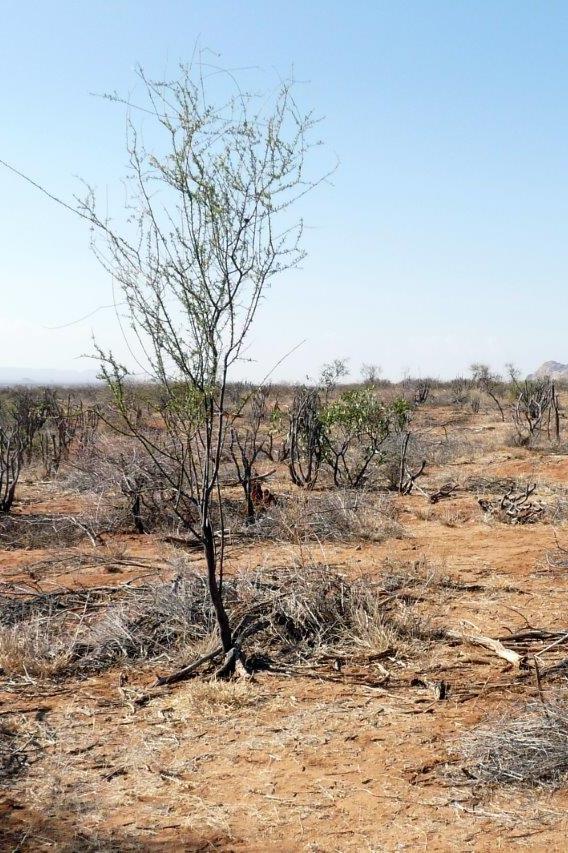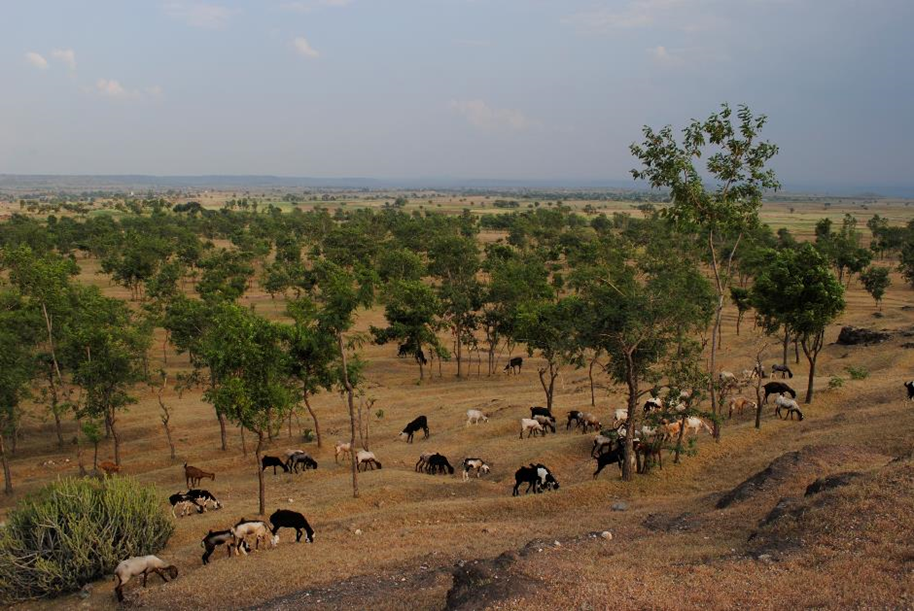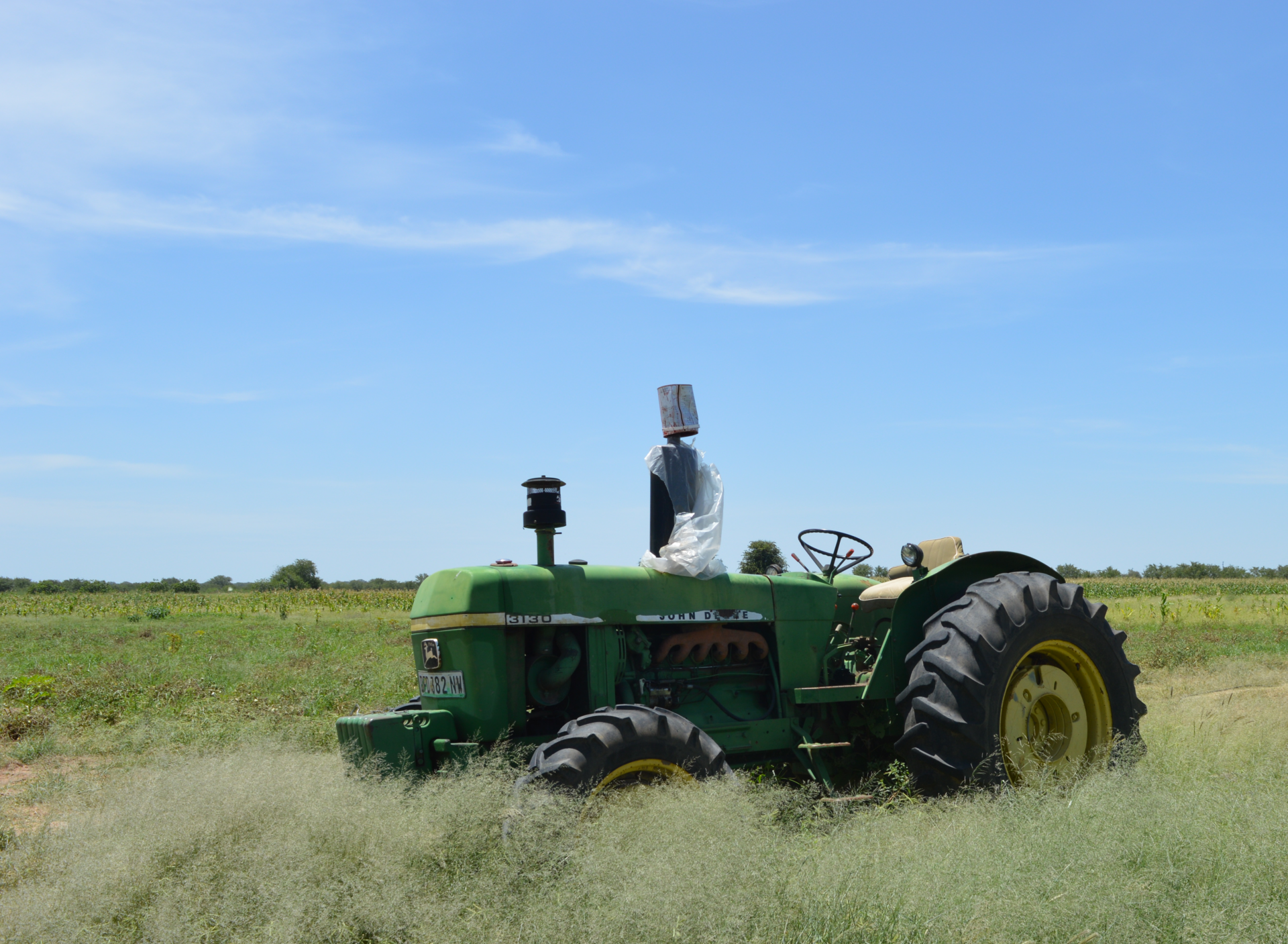Network
Adaptation at Scale in Semi-Arid Regions (ASSAR)
This 5-year research project seeks to better understand barriers and enablers to widespread transformative adaptation to advance adaptive livelihoods for vulnerable groups

A guide to Effective Collaboration and Learning in Consortia
This guide helps to establish effective transdiciplinary learning processes and co-production of knowledge with a diverse range of stakeholders.
Challenging predominant views on climate change with Theatre of the Oppressed
Theatre of the Oppressed is a powerful tool for challenging top-down approaches. This short film and article show how this approach can be used to build resilience.
Prosus #2: Building capacity for climate change adaptation in semi-arid regions
The second issue of START’s ProSus magazine features research and stories from the Adaptation at Scale in Semi-Arid Regions (ASSAR) program.
Agro-met services and farmer responsiveness to advisories: Implications for climate smart agriculture
This book chapter examines the importance of agro-met services for delivering crop and weather information, and the responses of farmers to these services in Maharashtra, India.
Supporting Resilient Agriculture in Semi-Arid Ghana
This information brief reflects on ASSAR's work to support dry season farming in the vulnerable communities of the semi-arid Lawra and Nandom Districts of Ghana.
Determining what global warming of 1.5°C and higher means for the semi-arid regions of Botswana, Namibia, Ghana, Mali, Kenya and Ethiopia: A description of ASSAR’s methods of analysis
This article describes ASSAR's method for what global warming of 1.5°C and higher means for the semi-arid regions of Botswana, Namibia, Ghana, Mali, Kenya and Ethiopia.
Global warming of 1.5°C and higher brings profound challenges to semi-arid regions
This page collects together key messages and outputs from the ASSAR project relevant to global warming of 1.5°C and higher.
Using life histories to understand temporal vulnerability to climate change in highly dynamic contexts
This article demonstrates how life histories can provide a dynamic and robust methodology to understanding household responses to risks and livelihood vulnerabilities in semi-arid India.
Identifying hotspots in land use land cover change and the drivers in a semi-arid region of India
This paper used satellite images and data to identify areas in semi-arid India that have experienced land use and land cover changes over the last 3 decades and explores their potential drivers
Considering religion and tradition in climate smart agriculture: Insights from Namibia
Religion and tradition can act as barriers to the effective behavioural change needed for adaptation. However these can also be used to leverage local practices for better uptake of adaptation.
